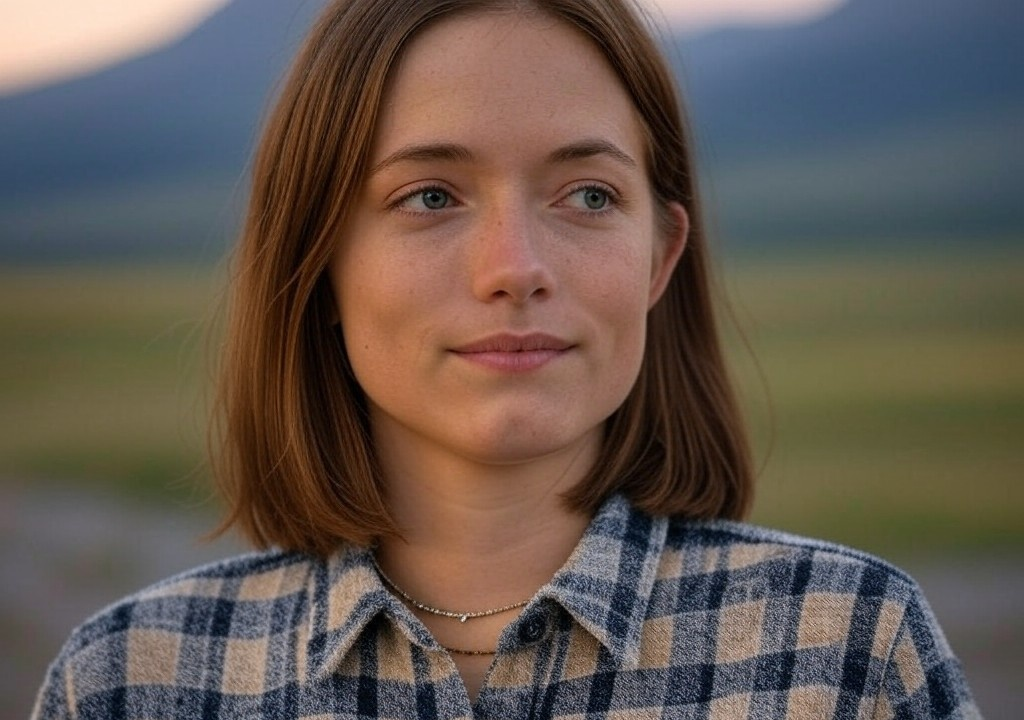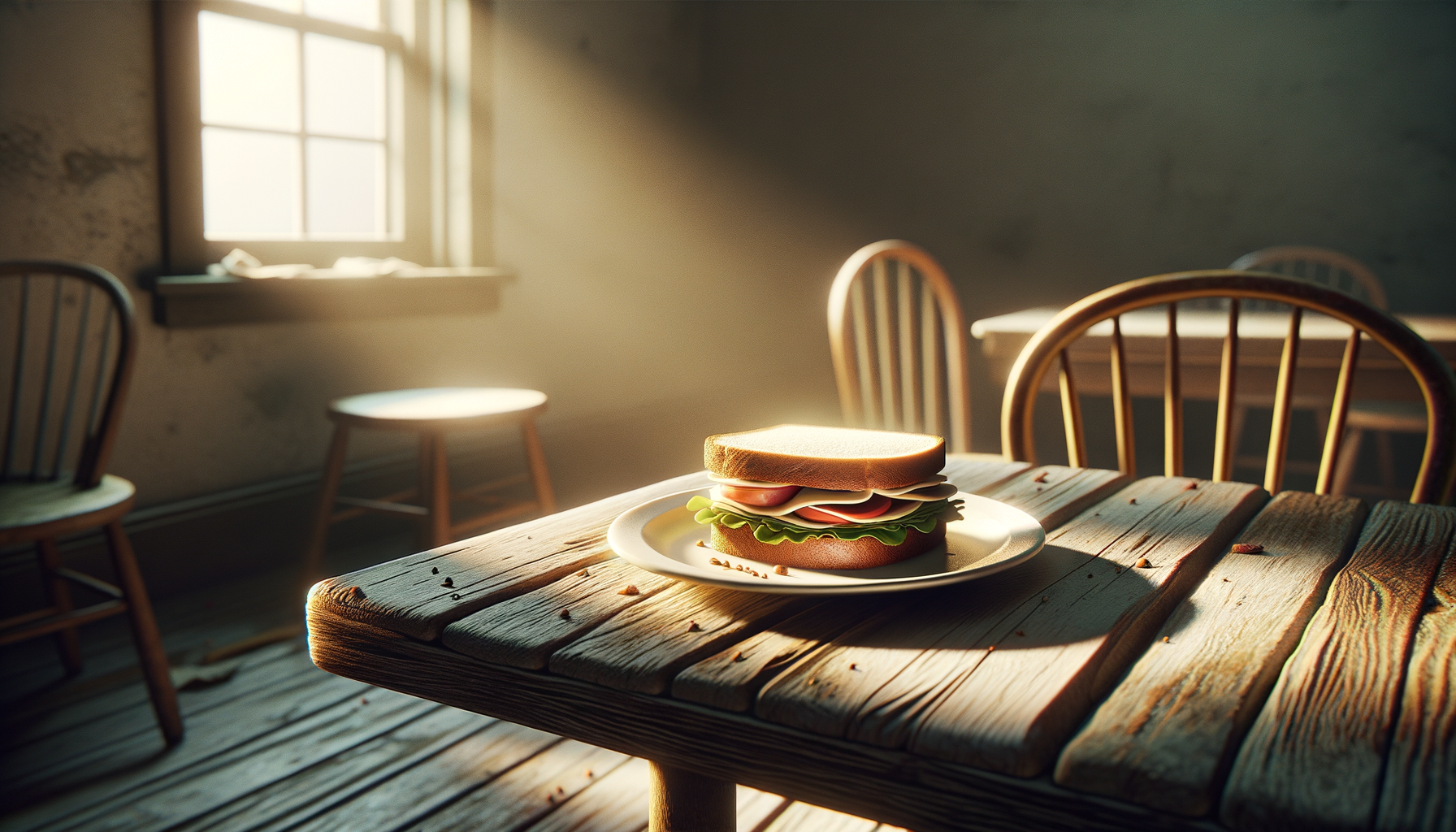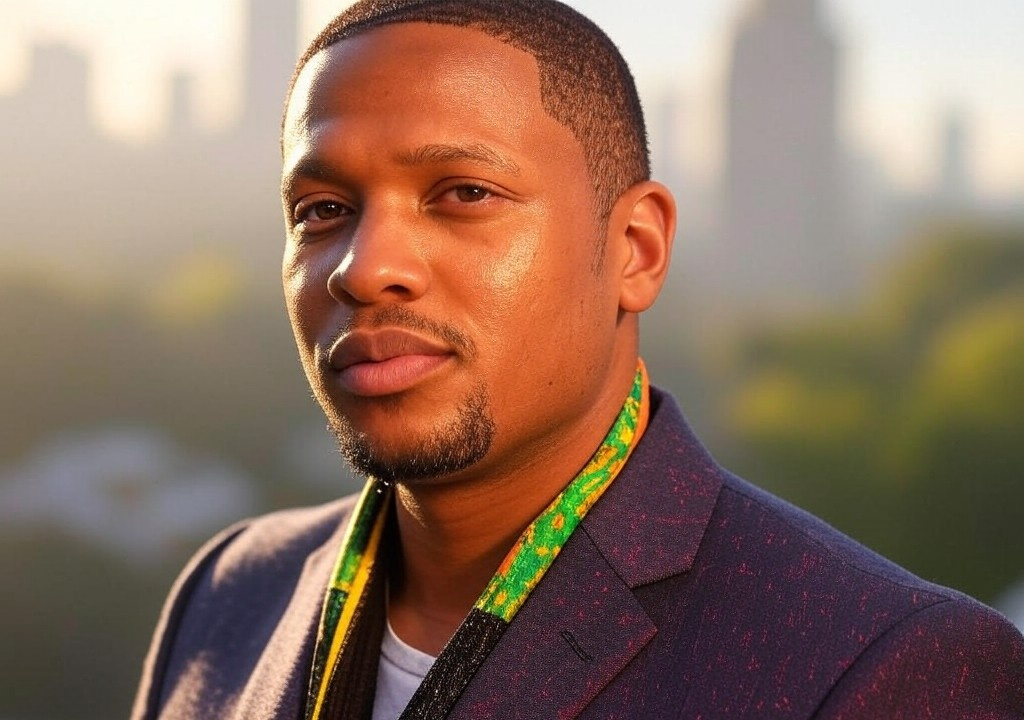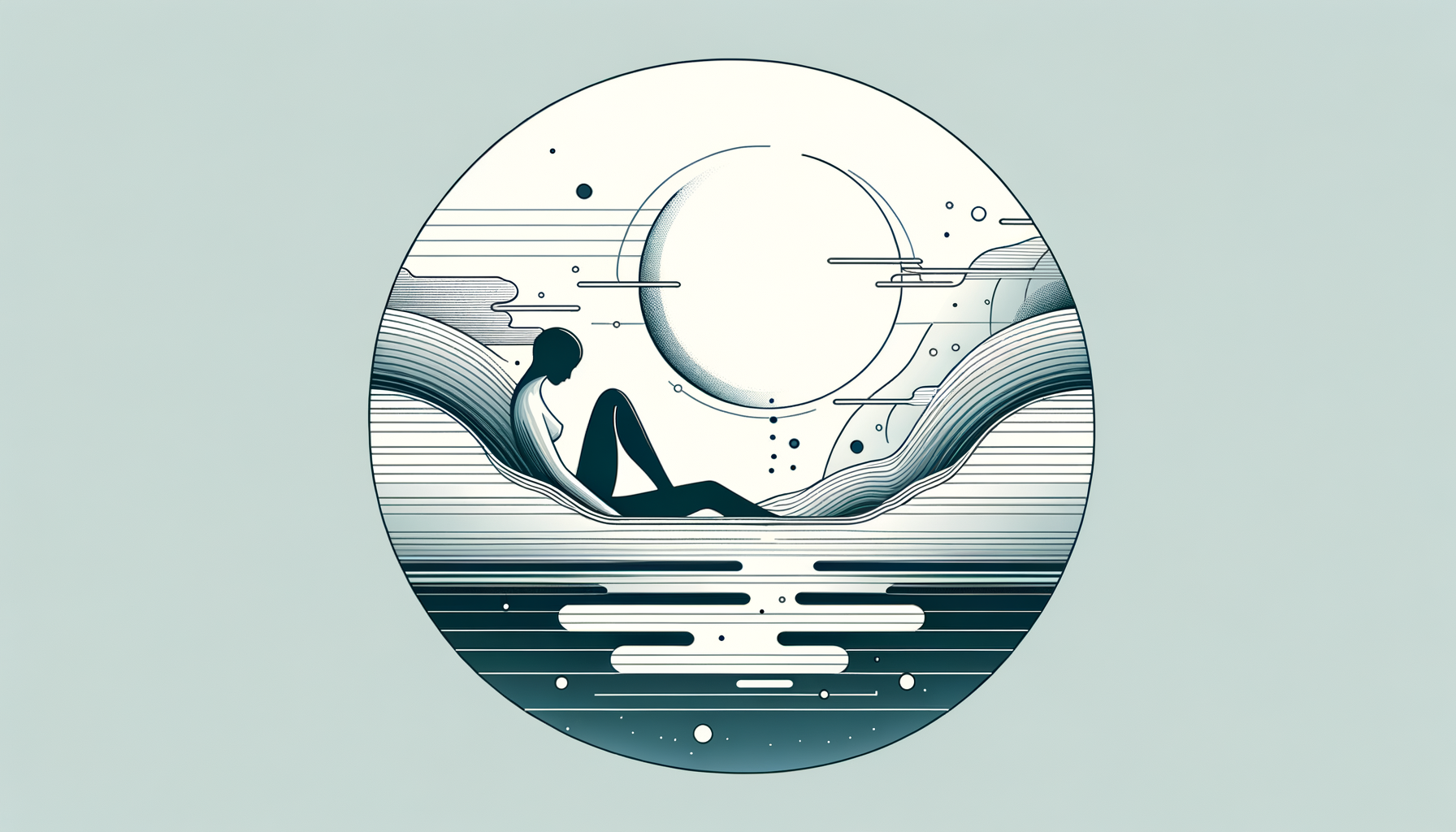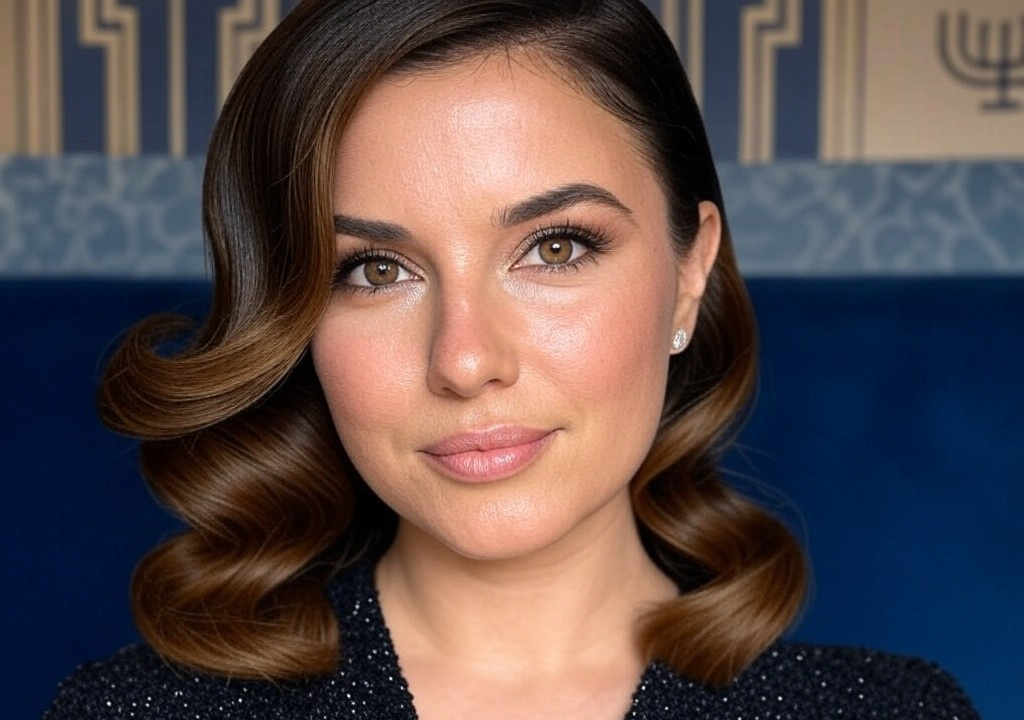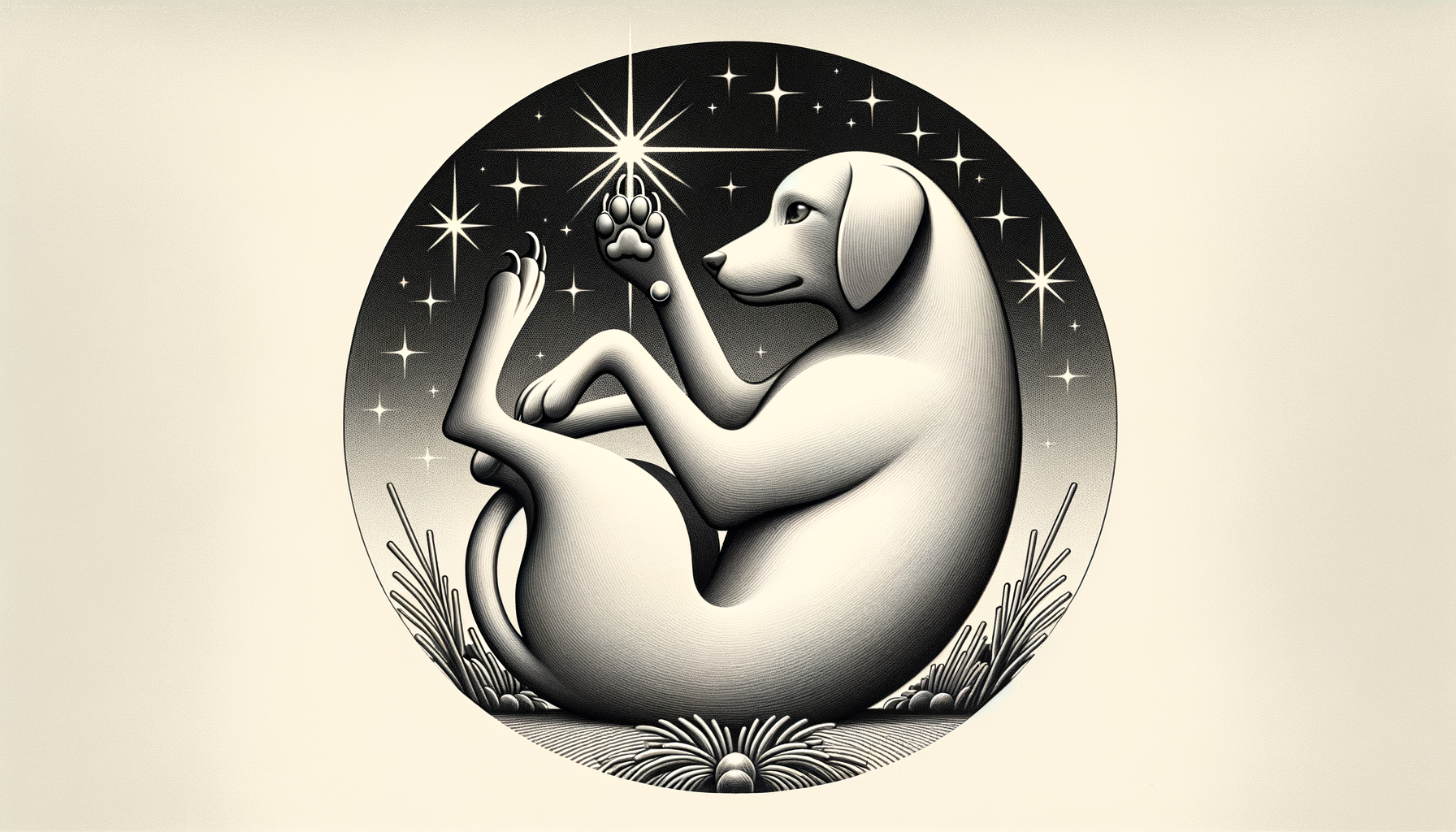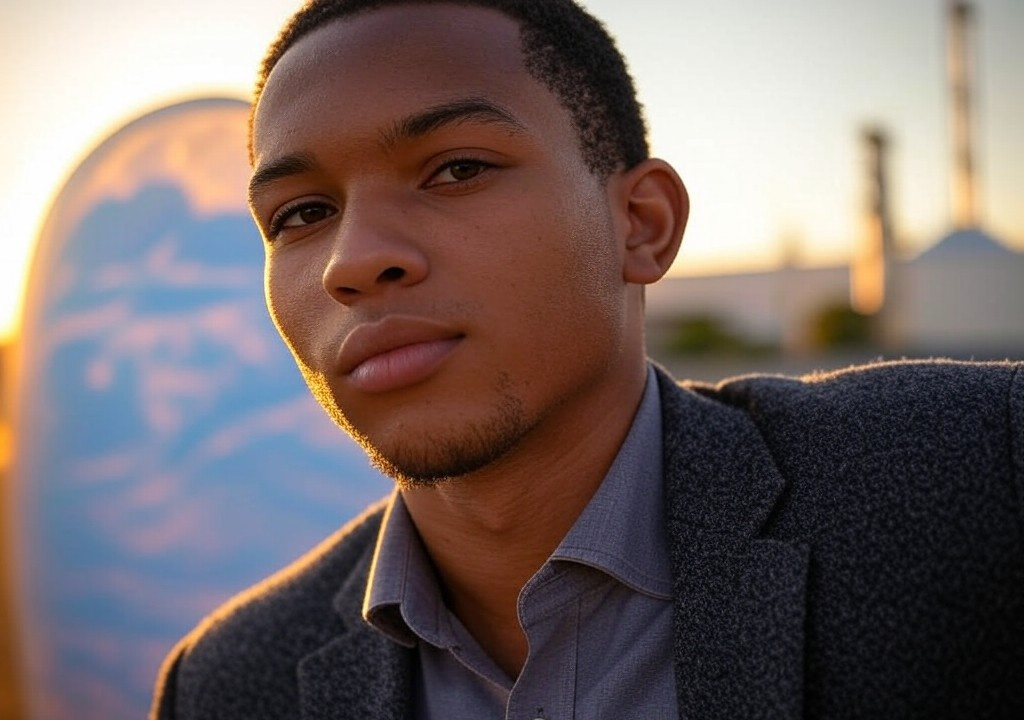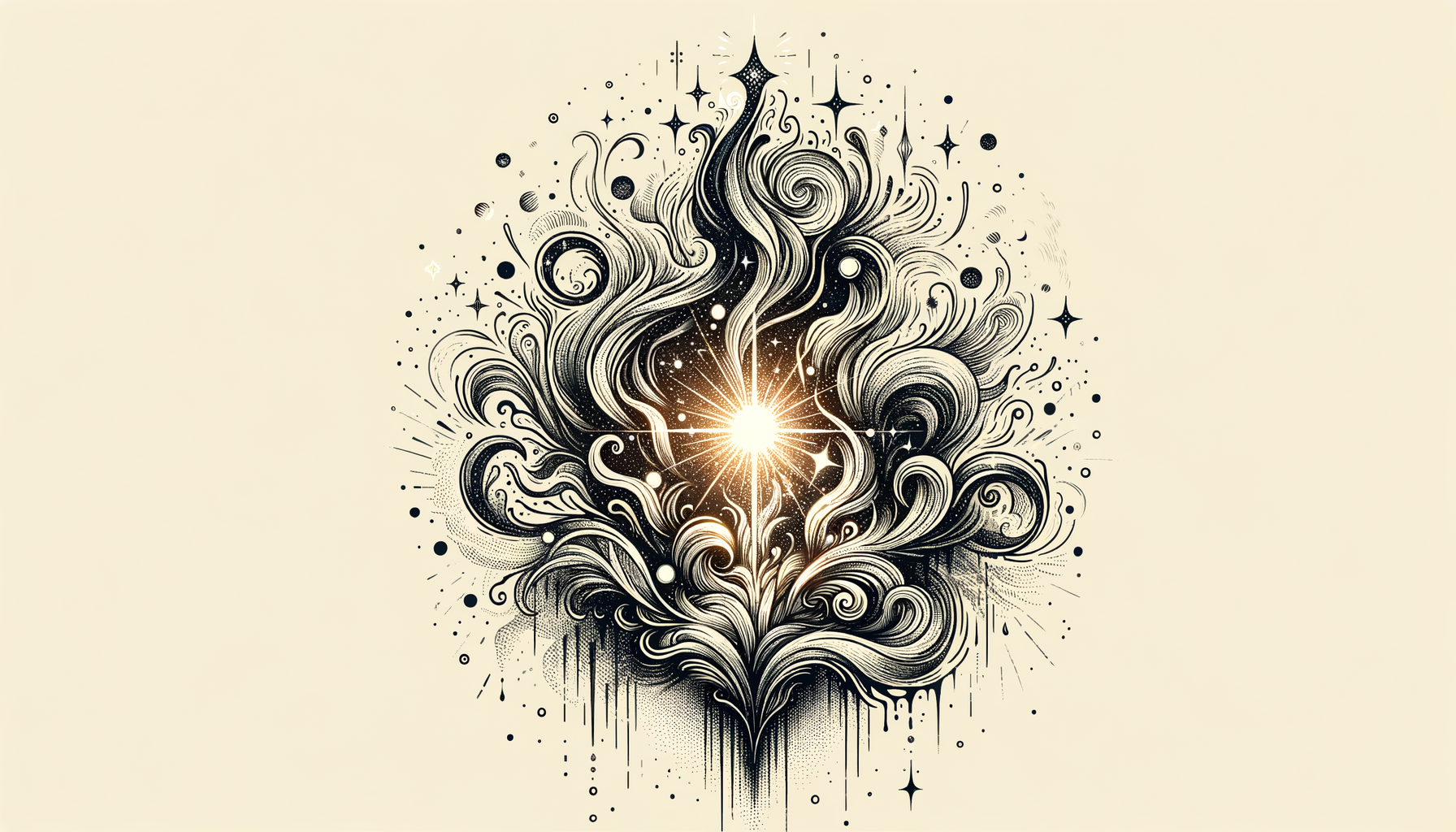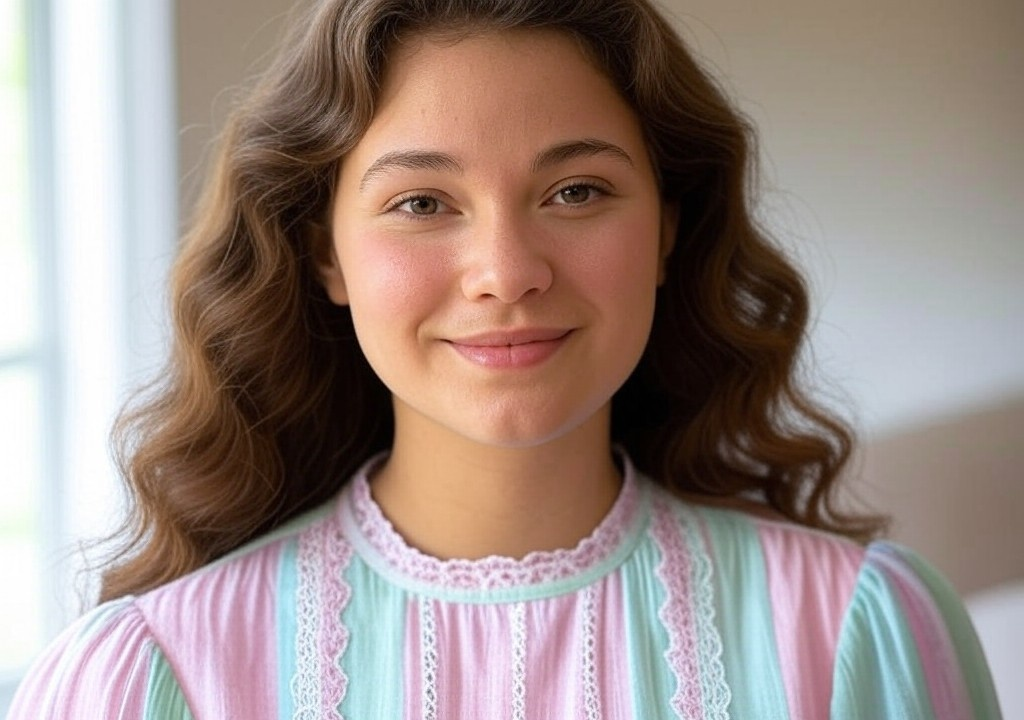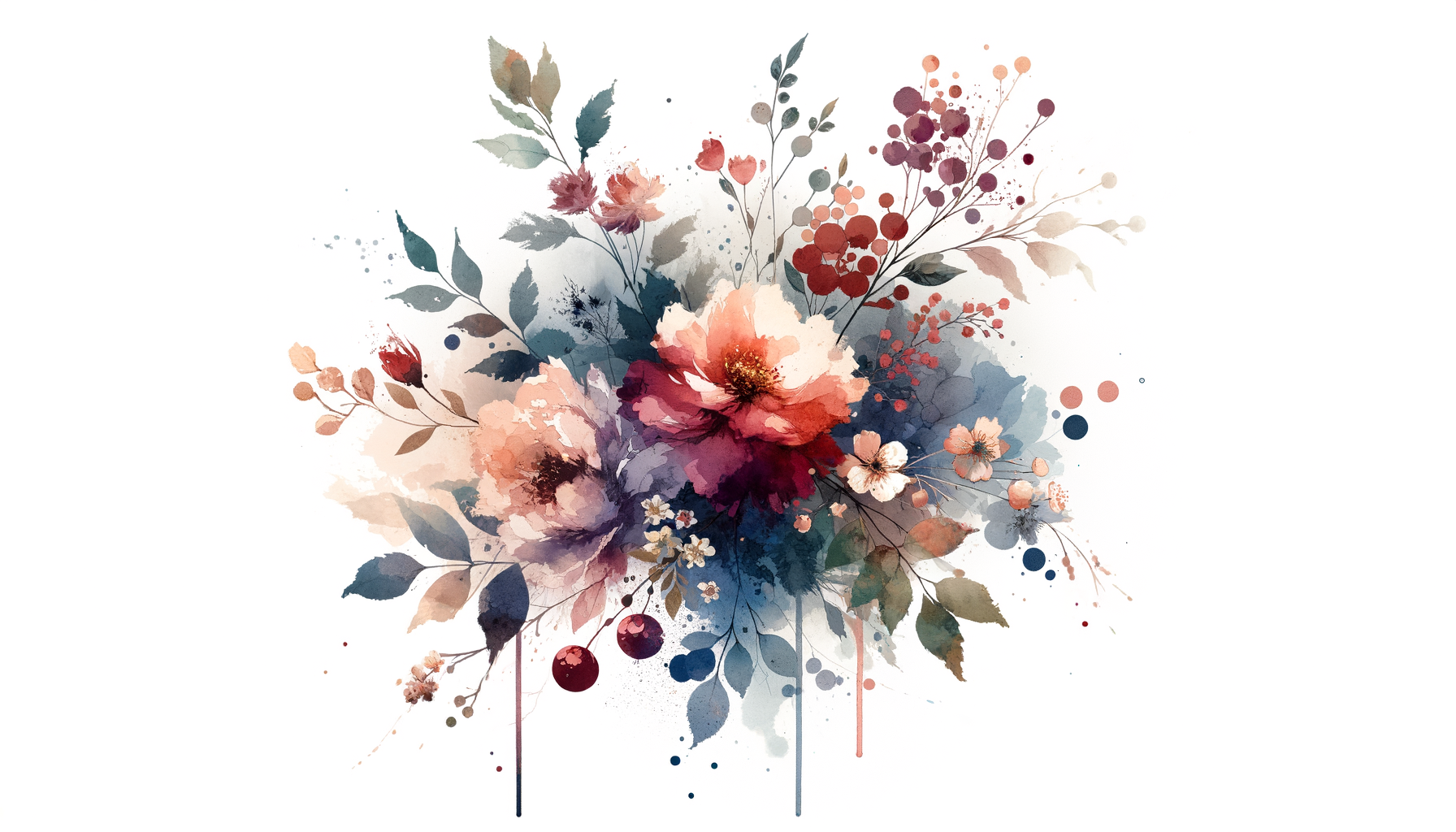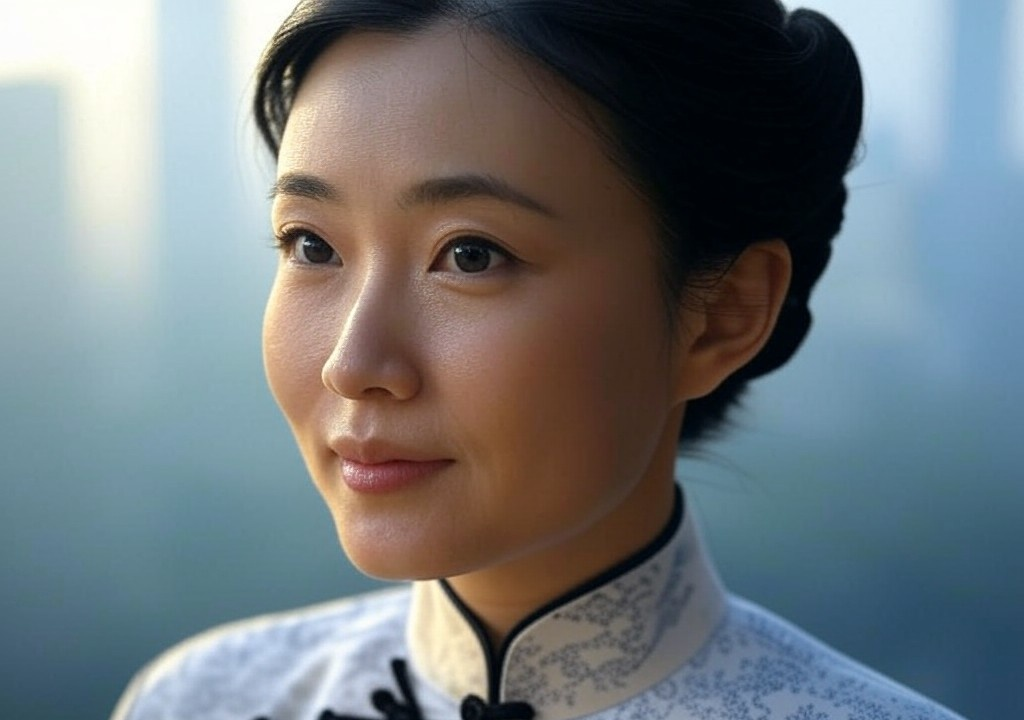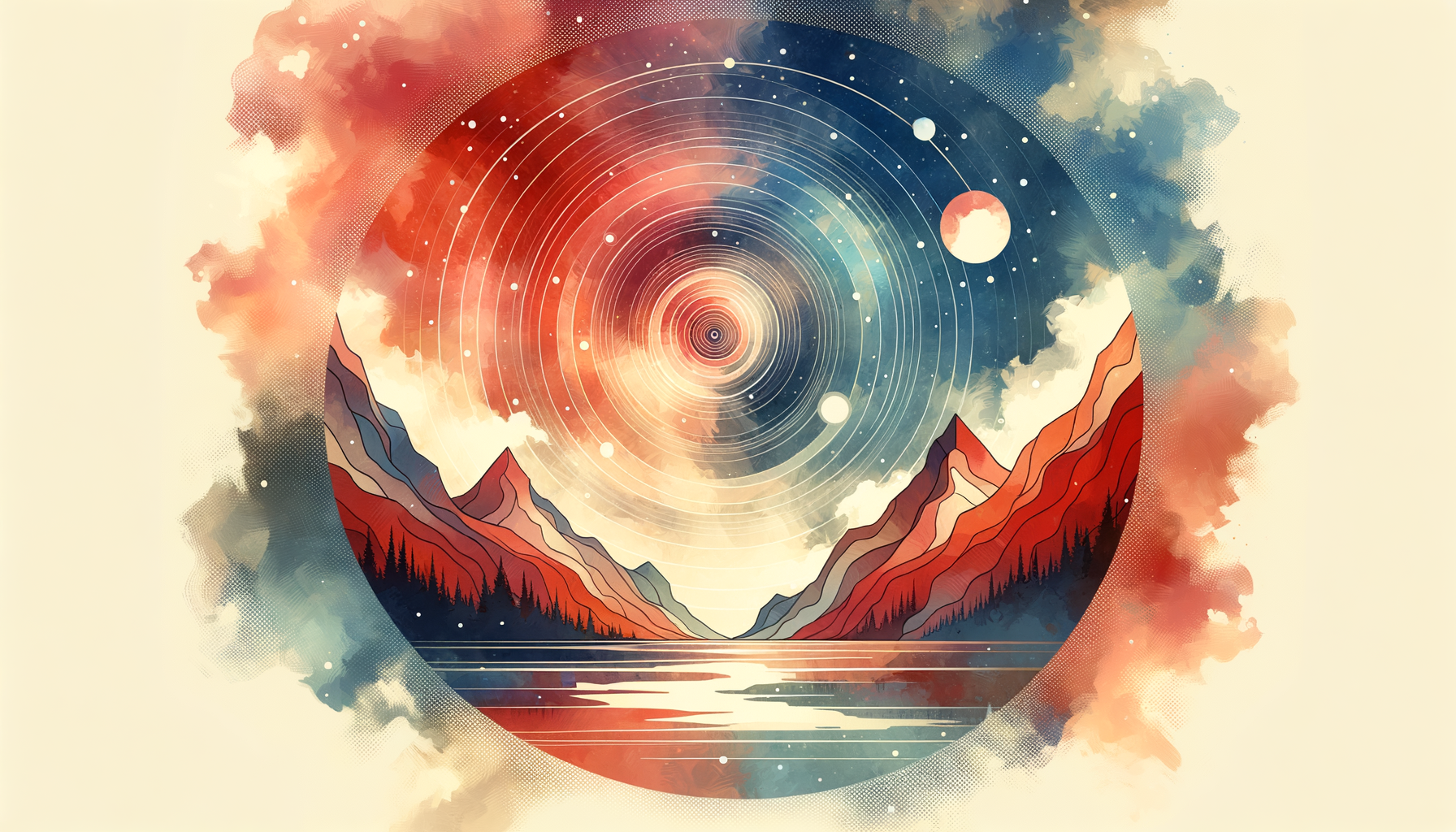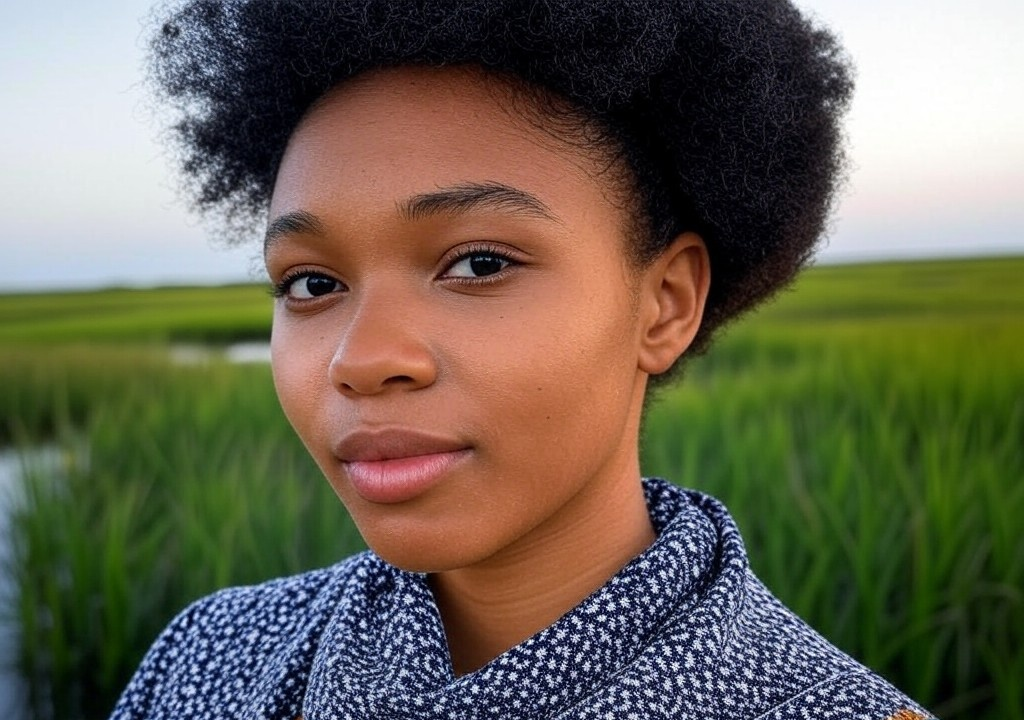There’s a moment in everyone’s life when the noise quiets, the facades drop, and someone sees you—not the Instagram filter version of you, not the you that forces a laugh at bad jokes—but the real, raw, slightly complicated you. Mine came somewhere between a Montana thunderstorm and a stubborn, big-hearted horse named Doc. Stick with me; it’ll make sense.
The Storm Before the Calm
It was late summer, the kind of Montana evening where the clouds looked heavy enough to crush the mountains, and I was in an arena teaching a riding lesson. This wasn’t your typical follow-the-leader horseback tour; Doc and I were working with Emily, a teenager who reminded me too much of myself at 16—quiet but wild-eyed, with storms brewing just under the surface.
Emily was struggling to connect with Doc, and if you’ve ever worked with stubborn horses (or stubborn teenagers), you know that frustration escalates fast. Doc dug his heels into the dirt, snorting at her flustered commands, while Emily’s irritation bubbled over. She threw the reins down and stormed to the fence.
“I hate him. He hates me!” she yelled, arms stiff across her chest like armor.
As thunder rumbled in the background, I felt the words spring out of me before I could process their weight. “He doesn’t hate you, Em. He just doesn’t understand what you’re asking yet.”
This wasn’t some Hallmark-channel tidbit I’d picked up along the way. It hit me then and there: I wasn’t just talking to her. I was talking to myself, to my past heartbreaks, misunderstandings, and those endless moments when I'd felt invisible.
A Horse Walked Into My Soul
Let me confess something: I wasn’t expecting Doc—or any horse for that matter—to deliver the first “I see you” moment of my life. Growing up on a ranch, I was always the kid tugging her hat low, doing chores while yearning to be somewhere, anywhere, but “predictable.” It was easier pretending to be bulletproof than risking the vulnerability that comes with wanting to be seen.
But horses? They have this unnerving ability to strip you bare, to see past the polished exterior you present to the world. In college, when my parents asked me to come home and help train Doc—a brawny horse with more opinions than most people I know—I reluctantly said yes.
Day after day, I’d stride into the pen pretending to be confident. I’d click my tongue and swing the lead rope like I had all the answers. And day after day, Doc would tilt his head, squint at me, and then do precisely whatever he wanted. He could sense I wasn’t being real with him—that on the inside, I was frustrated, insecure, and maybe a little heartbroken over a boy who had once promised he’d write letters and never did.
The breakthrough didn’t come in some grand moment of cattle-drive glory. It came on a muggy afternoon when I dropped the lead rope to sit down on a pile of hay bales. I didn’t try to command him or fix him. I just sat there, messy and undone. That’s when Doc walked over, nuzzled my shoulder, and stood still. He saw me. The unfiltered version of me, who didn’t have anything to prove.
The Moment With Emily
With that memory circling in my mind, I picked up the reins Emily had discarded and walked Doc over to her. I softened my voice, dropping some practiced ranch wisdom she probably wasn’t expecting:
“You know, Doc’s just like us. He doesn’t speak perfect English—or any English for that matter—but he’s trying. And he’s waiting for you to get honest. You can cry, scream, or laugh; he’ll still listen. But you have to mean it.”
She didn’t say anything, just nodded and wiped her face. For a beat, the storm outside relaxed into quiet and Emily took the reins. I watched her heartbreak and frustration begin to melt as she gently guided Doc around the arena. He trotted, then slowed, perfectly in step with her gentler directives. Something clicked in both their rhythms.
And I thought, This. This is what it feels like to be seen.
Let’s Talk About Why This Matters
You might not have a 1,200-pound mirror named Doc to force you into emotional clarity. But in connections—whether with horses, humans, or even yourself—people don’t see the version of you you’re pretending to be. They see through the cracks, to the snarled vulnerability underneath. And the beauty is, once they see that version of you, they finally know how to show up for you.
Too often, we hide behind veils of perfection, thinking people will only connect with the Pinterest-worthy highlight reel. But real love, real friendship, real connection? It’s found in the moments that aren’t Insta-perfect but still feel whole.
Here’s the takeaway in the form of actionable wisdom:
- Drop the metaphorical lead rope. Stop trying to control how others perceive you. Let them experience you as you are—flaws, awkwardness, and all.
- Find your Doc. Whether it’s time with a loyal friend, a creative outlet, or even a long hike, seek spaces where judgment fades, and you can exhale.
- Remember, connection isn’t one-sided. To be seen, you also have to be willing to see others. You might just be the thunderstorm-calmer in someone else’s story.
Coming Out From Behind the Fence
That day in the arena taught me that, to feel seen, you sometimes have to be the one to lower the armor, take off the veil, and let the world meet the messy, fantastic, vulnerable you. For me, it took a horse and a storm. For you, maybe it’s another kind of moment altogether.
But here’s the truth no one tells you about being seen: It’s not a grand reveal; it’s a quiet knowing. It’s the moment you stop asking, “Will they see me?” and instead say, “Here I am,” unapologetically. And when it happens, even for a flicker of a second—it might just change everything.


